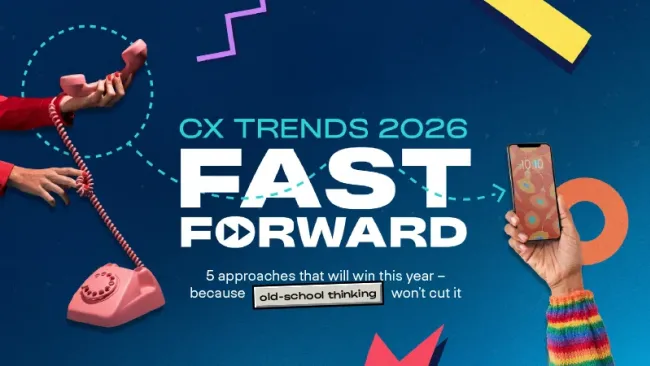When it comes to delivering excellent customer experiences, employees are the life blood of your organization. Yes, recent innovations in AI and robotics (‘bots’) have sought to substitute some aspects of customer service, but people provide both empathy and creative thinking in tense and important situations.
Employers, though, that fail to provide a nurturing workplace and a fulfilling career for their associates can lose them quickly to workplace fatigue or job dissatisfaction. Employee absenteeism can lead to lost productivity, adding up to losses of up to $24.2 billion, according to Gallup. In the contact center, chronic employee absenteeism negatively impacts the organization’s ability to support customers, respond to unforeseen issues, and drive growth. At the same time, companies with high employee engagement bring in 2.5x more revenue than companies with low engagement, reports Korn Ferry.
If associates are the lifeblood of your organization, it’s up to you as a leader to maintain a healthy heart. And a key to a healthy heart is frequent check-ups; organizations that build healthy emotional connections with their associates can create an environment that encourages better engagement and confidence in the workplace. Here are 3 ways to fight absenteeism by forging stronger emotional connections in the workplace.
1. Build camaraderie across the organization
Many employers say that their employees are their most important assets, but few really know how their employees are feeling, or the effect those feelings have on their performance and loyalty. Emotional connections have a significant effect on productivity, employee engagement, and retention.
And the better engaged employees are with what they do and the company they work for, the more it will be reflected in the quantity and quality of their work and ultimately the customer experience. While it’s impossible to speak with every employee, make it a point to connect with team members at different levels of the organization and facilitate opportunities for employees to do the same. Team-building exercises, friendly contests, and community service trips are excellent ways for employees to engage with one another and build camaraderie.
2. Home in on employees’ emotional state of mind
An employee experience contains what we call weak signals. These are indicators that may otherwise be missed because they appear insignificant when looked at as a single snapshot. By monitoring these signals over time, executives gain insight into underlying, emerging issues related to an employee’s working experiences.
One way to identify those signals is with TTEC’s Employee eXperience Vector (EXV), which combines data science (data mining, predictive modelling, etc.) with behavioral science (analysis of feelings, perceptions, etc.) to create a multi-dimensional score that indicates the likely current emotional state of every employee in a workforce.
EXV converts fleeting emotions into persistent, long-term emotion maps that summarize each employee’s unique journey from recruitment to retirement. It does this at scale for every employee, automatically and frequently (every day) and gives a simple-to-use score that can be embedded within operational systems such as human capital management, learning/career management, resource planning, etc.
3. Be an active listener
Google spent 10 years studying the habits of effective managers and one of the insights the company gained was that great managers are great listeners. Being a great listener means focusing on what the other person is trying to convey—in addition to what was unsaid.
Great listeners are also curious. Train your managers to ask open-ended questions such as, “What can I do to help?” This empowers employees to engage in conversations that are solution driven. When managers are actively listening, associates are more likely to feel heard, engaged, and understood, leading to higher retention rates.
Happiness is in understanding
Fighting absenteeism in your organization shouldn’t be a battle, but rather, a conversation. Conversations lead to understanding and new outlooks on life, and forward-looking leaders understand that associates need to feel valued and engaged if they’re to help the company succeed. And by utilizing the right data, technology, and strategies, leaders can create an environment where employees not only work—but thrive.
How engaged are your employees? Take our quiz to find out.















